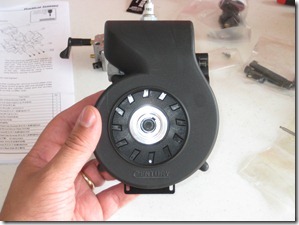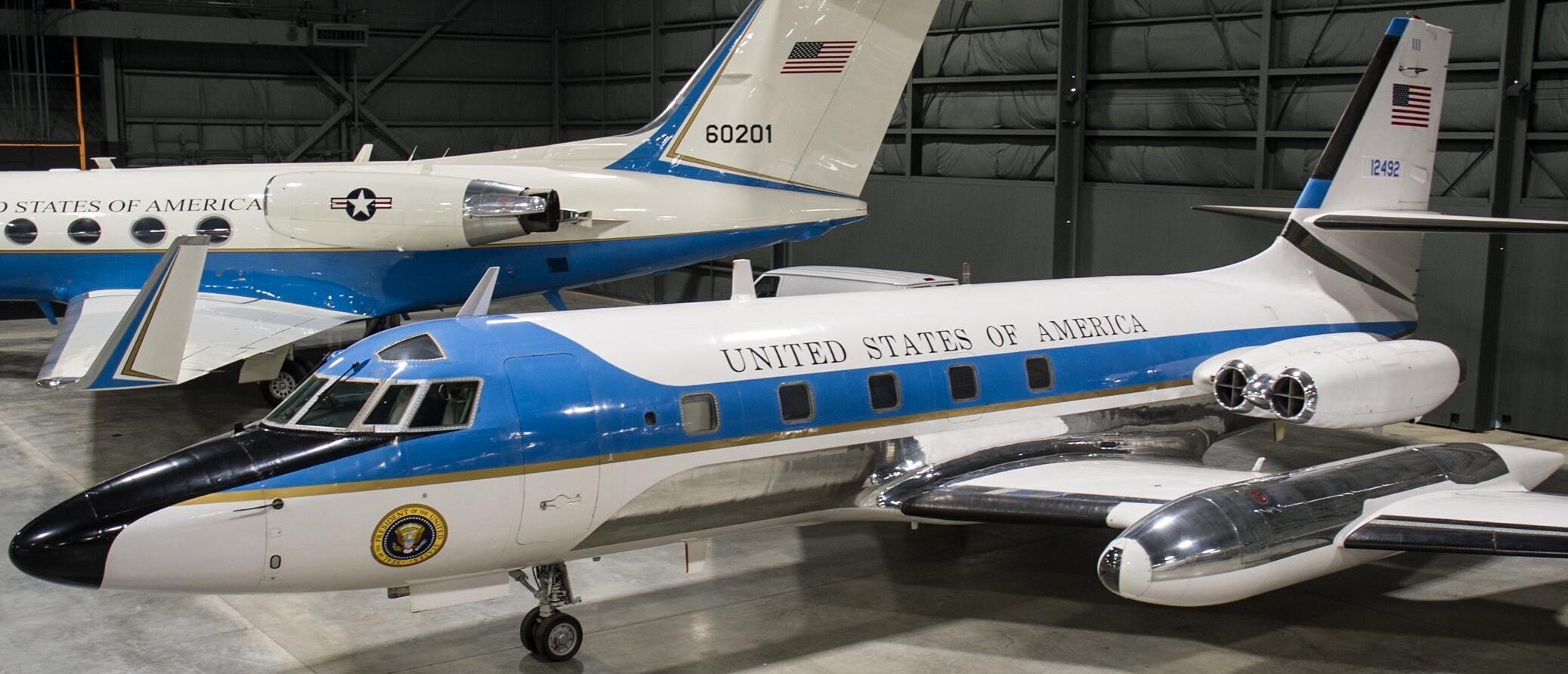 I just got permission from Al Chianelli over at B.H. Hanson to post his break-in guide. I will add this disclaimer: the guide is for engines he provides ONLY. You should follow your engine modifier’s instructions and contact them for their specific guide.
I just got permission from Al Chianelli over at B.H. Hanson to post his break-in guide. I will add this disclaimer: the guide is for engines he provides ONLY. You should follow your engine modifier’s instructions and contact them for their specific guide.
This guide applies to 20-290 PUH and RC Helicopter Engines
-
- Use Pennzoil 100% synthetic 2 stroke outboard motor oil for break in at the ratio of 4 oz per gallon or 32:1 with 87 octane gasoline for the first gallon of fuel. Sources for this oil are West Marine stores or online at oil-store.com. It only comes in gallons at this time. Be sure to get the Pennzoil 100% synthetic 2 stroke outboard motor oil and not one of the blends offered in the auto stores. It will be to your benefit to find and use this oil as it gives little to no carbon buildup while supplying great engine protection. Do not fly at Max engine RPM or overload the engine at this time. Your patience during break-in will determine your engine life.
- After the first gallon your engine will be broken in and you may increase engine speed and loading
- Starting carburetor needle settings are 1 3/8 low, 1 1/2 high. The needle closest to the engine is the low speed and the outer needle is the high speed. Adjust the low speed for good idle and smooth transition to high speed under load. Adjust the high speed so the engine just clears out from a rich setting. Even though there are two fuel circuits, adjustment to one needle will affect the other. Make adjustments 1/16 turn increments until you find an optimum setting. Needle settings will vary between altitudes, engines, exhaust systems and load factors from different setups.
- We try to give you the best possible and smoothest running engines available, but with so many different combinations of Helis, blades, exhaust systems and usage; it is up to you find the optimum gear ratio and carb needle settings. Run the engine RPM as low as possible depending on usage. Most fans supply marginal cooling so proper gearing is necessary. It is helpful to shoot head temps to determine if you’re in the right range of operation for your needs. Head temps shot on the upper fins should be in the 210 to 275 degree range depending on ambient temperatures. For camera use, the engine will run smoothest and coolest in the 10,500 to 11,000 sustained RPM range with camera and gear. 3D flyers may run higher RPM using heat as the gauge.
If you have any questions, contact your engine modifier/supplier. If you call Al, buy a few things from him, fair’s fair!
